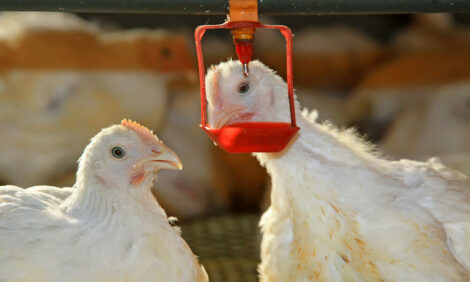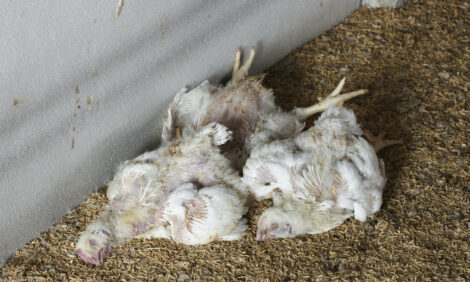



Online Mapping Tool to Track Animal Diseases
US - Health experts from the Wildlife Conservation Society (WCS), Harvard Medical School, Children’s Hospital Boston, the University of California at Davis, EcoHealth Alliance and other members of PREDICT have publicly launched a web-based, open-access map to help governments and health agencies track emerging infectious diseases across the world.Announced at this week’s International Meeting on Emerging Diseases and Surveillance (IMED) in Vienna, Austria, www.HealthMap.org/PREDICT delivers real-time intelligence from a number of sources to give users in more than 20 countries a comprehensive view on the current global state of infectious diseases and their effects on human and animal health.
The integration of digital and field surveillance data is a major component of the PREDICT project. PREDICT is a global early warning system created in 2009 as part of the United States Agency for International Development’s (USAID) Emerging Pandemics Threats Program. It was created to help develop global capacity to anticipate and prevent emerging infectious diseases through monitoring and identifying possible pathogenic threats at the human-animal interface.
“HealthMap.org uses the reach of the Internet to monitor and disseminate critical information to health officials around the world on the emergence of pathogens,” said Dr Robert A. Cook, Executive Vice President and General Director of WCS’s Living Institutions.
“The resource will enable governments, agencies and other organizations to implement a 'One World, One Health' model by detecting health threats before they become crises as well as achieving conservation goals,” said Dr Damien Joly, WCS’s Associate Director of Wildlife Health Monitoring and Epidemiology who lectured on the benefits of HealthMap.org to global health efforts at IMED in Vienna.
The freely available web site – HealthMap.org/PREDICT – uses the HealthMap platform to bring together a number of data sources into a unified view on the current status of infectious diseases around the world.
Specifically, HealthMap.org uses an automated process to monitor more than 50,000 Web sources an hour, such as online news aggregators like Google News, eye-witness reports, expert-reviewed online discussions, and official reports from agencies such as the World Health Organization.
The data are integrated with the results of emerging disease risk modeling by EcoHealth Alliance, which then helps implement and modify PREDICT field surveillance activities at interfaces where wildlife and humans come together, such as the wildlife trade and wild animal hunting, which in turn will produce data for HealthMap.org.
“HealthMap.org works around the clock to monitor, organise, filter, visualise, and disseminate online information to more than a million users worldwide in nine languages,” said Dr John Brownstein of Harvard Medical School and co-founder of HealthMap.org.









